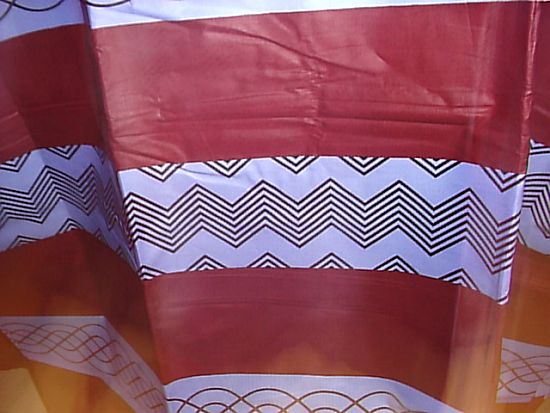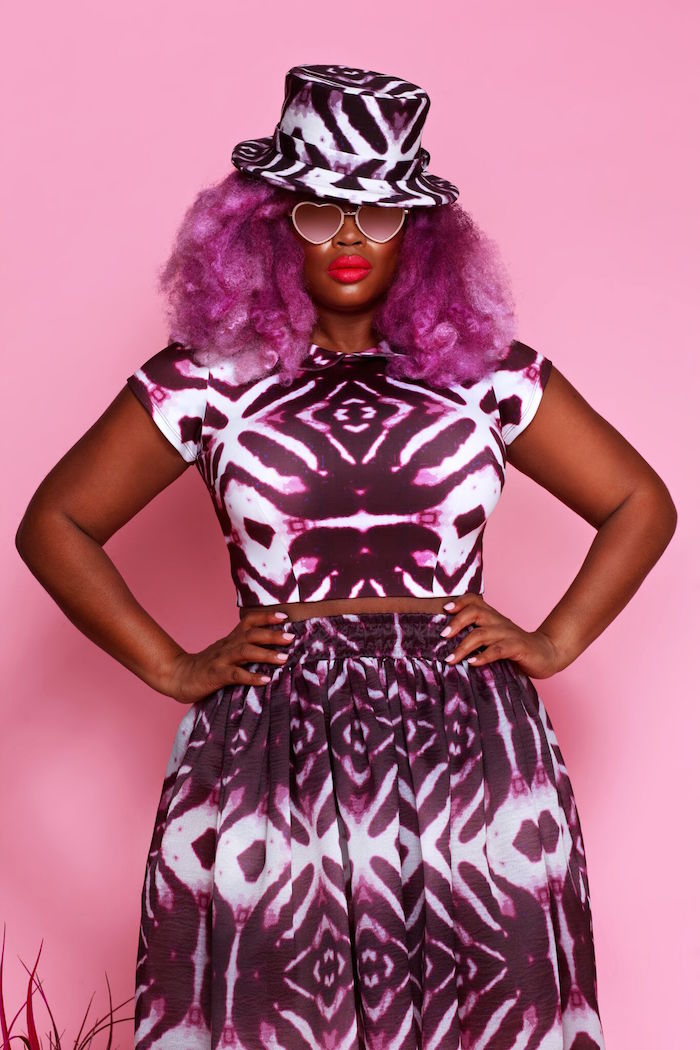 I fell in love upon sighting the Burberry Porsum Resort 2012 collection. Not only did they deliver their usual collection of elegantly simple and stylish pieces but also, the latest collection has a new element that has been absent from previous collections. Burberry is the latest addition of non-African designers that have been inspired by our rich continent- Africa. The latest collection by Christopher Bailey includes different pieces from purses, clothing and footwear entirely made with African print to the famous Burberry trench coat with hints of African print.
I fell in love upon sighting the Burberry Porsum Resort 2012 collection. Not only did they deliver their usual collection of elegantly simple and stylish pieces but also, the latest collection has a new element that has been absent from previous collections. Burberry is the latest addition of non-African designers that have been inspired by our rich continent- Africa. The latest collection by Christopher Bailey includes different pieces from purses, clothing and footwear entirely made with African print to the famous Burberry trench coat with hints of African print.
This collection made me recall Deola Sagoe’s recent interview with Essence magazine where she mentioned that she would like to see non-African designers take an interest in African fabrics other than the African print. She also said that these designers do not appear to be very knowledgeable about African fabrics as much as their African counterparts are about foreign fabrics. Deola Sagoe’s statement rings true as most non-African designers whose collections have been inspired by African elements exhibit this through mostly using only African prints in their collections, with popular references of such designers being Diane von Furstenberg and Gwen Stefani.
This begs the question: is it fair to blame non-African designers for their use of African print when most of their African counterparts do the same to show an African influence?
A look at the collections of a number of African designers shows frequent usage of African print fabrics. While there might be differences in the type of African print fabrics used, such as Kanga, Kente cloth, Ankara, Mud cloth and Kitenge, all these fabrics still fall under the classification of print. What’s more, when most African designers decide to explore a different type of fabric, they tend to use foreign fabrics including silk, lace, damask, voile, and brocade, to name a few. Sometimes these designers go mid-way by fusing different fabrics in their collections, an example being the print-embossed silk fabrics.
It is however rare that our designers go beyond these widely known fabric options to incorporate other types of African fabrics. For example, aso-oke, the native fabric of the Yoruba tribe of Nigeria. I am inclined to believe that there are other non-print African fabrics out there, although I personally do not know of many. Granted, making use of non African fabrics helps in diversifying one’s brand to make it more globally acceptable. However, seeing that non-African designers are of late being influenced by our continent, I think African designers should begin to explore other African fabric types and make them as popular as they made the African print, and maybe then, non-African designers would broaden their horizons especially when expressing an African influence in their collections. However, regardless of this responsibility placed on African designers,
I believe that non-African designers should also make an effort to be well informed about the various African fabric choices available to them since their African counterparts make the effort to learn about the various non-African fabrics. If we are to see diversity in African fabric choices in the future, both sets of designers need to research into alternative forms of African fabrics.
The African continent is blessed with numerous materials; let all designers explore this diversity when creating both African and African-inspired pieces.
-Rolake Adeniran
Founded in 2007, Ladybrille® Magazine is a California based pioneer digital publication demystifying the image of Africans in the west through contemporary African fashion and celebrating the brilliant woman in business and leadership, with an emphasis on the African woman in the diaspora. Our coverage includes stories on capital, access to markets, expertise, hiring and retention, sales, marketing, and promotions.






I think this recent interest in African fabrics is a fad. Not to mention overpriced.